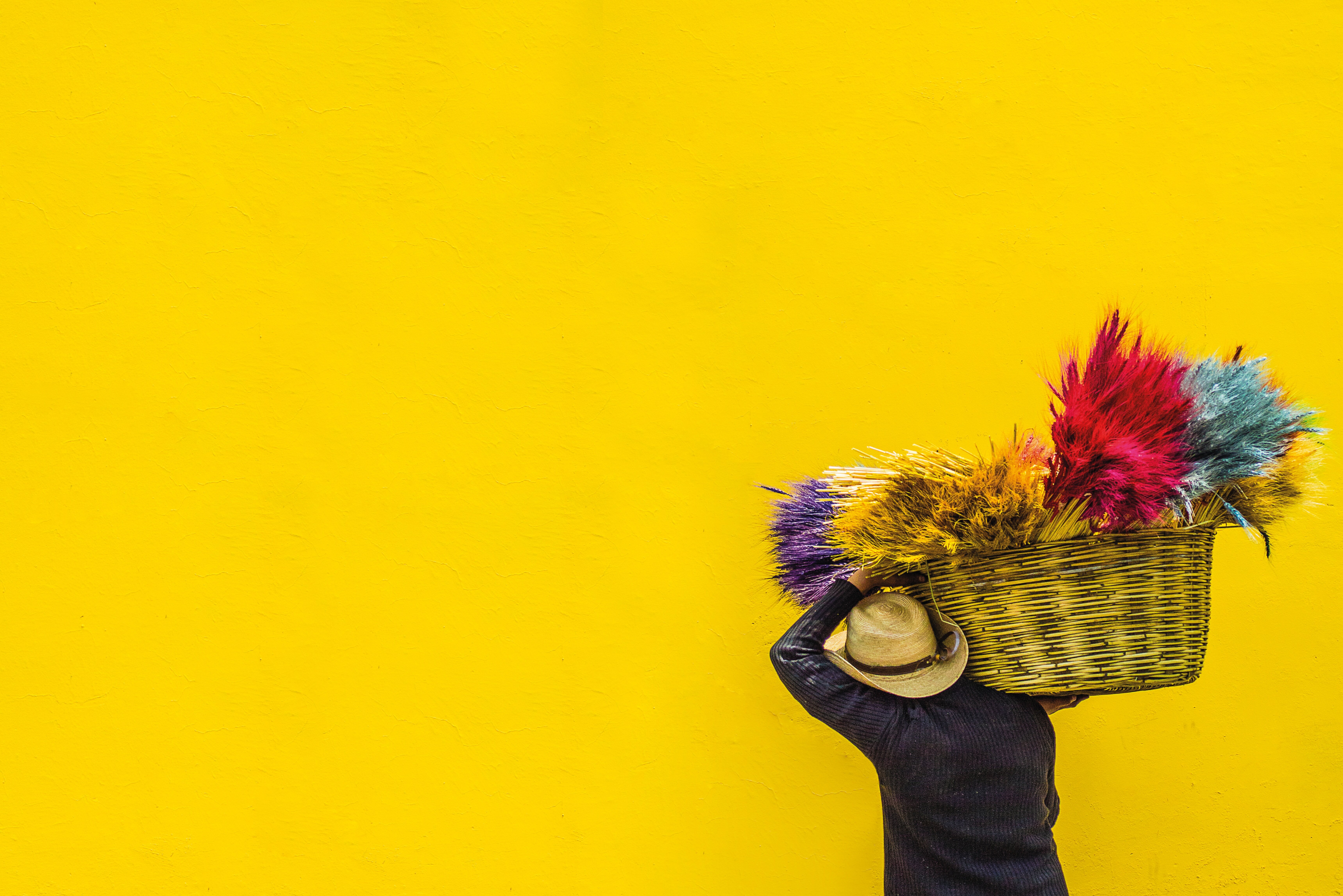7 Tips for Influencers Enhancing Travel Selfies with AI-Generated Backgrounds in 2024

The digital postcard, once a charming anachronism, has morphed into the travel selfie—a compressed visual narrative of our wanderings. As creators navigating the crowded digital currents, the backdrop against which we place ourselves is no longer secondary; it’s often the primary draw. We’ve moved past simply framing the Eiffel Tower awkwardly over our shoulder; now, the very environment surrounding the subject is becoming malleable, thanks to increasingly sophisticated generative models. I've been observing how content producers are integrating artificial intelligence to manipulate or wholly fabricate the settings of their on-location documentation, and the technical hurdles involved are fascinatingly subtle.
This isn't about slapping a generic filter on a shot taken at a local park and calling it the Maldives. We are talking about high-fidelity replacement of environmental elements where lighting coherence and perspective geometry must align perfectly, or the entire illusion collapses into something amateurish. For the discerning viewer, the tell-tale signs of poor synthesis—warped edges, unnatural shadows, or spectral color bleeding—are immediate disqualifiers. Therefore, the real work lies not in the generation itself, but in the meticulous post-processing required to make the fabricated environment appear organically captured alongside the human subject. Let's examine seven specific technical considerations that separate convincing integration from obvious digital artifice in this evolving medium.
First, consider the light source fidelity; if your original photograph was taken under direct midday sun, the AI-generated background must reflect shadows falling at precisely the same angle and intensity, or the mismatch screams "composited." I find that many creators overlook the ambient occlusion—that soft shadowing where objects meet—which is extremely difficult for current consumer-grade tools to replicate accurately when blending two distinct photographic realities. Third, attention must be paid to atmospheric perspective; distant objects in a realistic scene exhibit reduced contrast and a slight blue or grey cast due to atmospheric scattering, something a simple background swap often ignores entirely. Fourth, the focal length consistency is non-negotiable; if your selfie was taken with a wide-angle lens, the perspective distortion in the inserted background must match that distortion perfectly, or the subject will look disproportionately large or small relative to the scene. Fifth, texture mapping coherence demands that the grain structure and noise profile of the original image must be thoughtfully applied to the generated area, preventing that overly smooth, plastic look that plagues less refined edits. Sixth, handling occlusions—where foreground elements like hair, sunglasses, or backpack straps partially cover the background—requires advanced masking that respects depth, which remains a difficult task for automated segmentation models. Finally, and perhaps most critically for travel narratives, the color grading must be unified; a warm-toned portrait overlaid onto a cool, overcast generated seascape creates visual dissonance that immediately breaks immersion.
Let's pause and reflect on the ethical dimension that underpins these technical maneuvers, even outside the typical marketing noise. When an influencer presents a scenario that never actually occurred—perhaps swapping a rainy day in London for a sun-drenched Tuscan vineyard—the audience is being presented with a curated falsehood masquerading as lived experience. This technical capacity forces us to question the veracity of the "location tag" entirely, shifting the focus from where the person *was* to what the person *wishes* the audience to believe they were doing. Furthermore, the computational cost and accessibility of the source material matter; high-quality generation often relies on massive datasets, raising questions about intellectual property when those datasets inform the creation of synthetic scenery. I've noted that the most effective practitioners are those who use AI not for outright fabrication, but for subtle environmental refinement—perhaps replacing a distracting piece of street furniture or subtly adjusting the sky—maintaining the authenticity of the original location while mitigating visual clutter. Ultimately, as these tools become faster and more integrated into mobile workflows, the differentiator will shift from *can* you change the background to *why* you chose to change it, and how convincingly you manage the physical laws of light and space in the resulting hybrid image.
More Posts from colorizethis.io:
- →Photo in Photo Mastering Layered Compositions with Online Editors in 2024
- →Finding The Best Online Tools For Coloring Old Photographs
- →7 Essential Quality Metrics for Evaluating AI-Generated Photo Output in 2024
- →7 Free Online Photo Editors with AI-Powered Tools for Creative Professionals in 2024
- →7 Key Differences Between RAW and AI-Enhanced Photo Editing in 2024
- →7 Best AI-Powered Photo Enhancement Features in Free Mobile Photo Editors of 2024